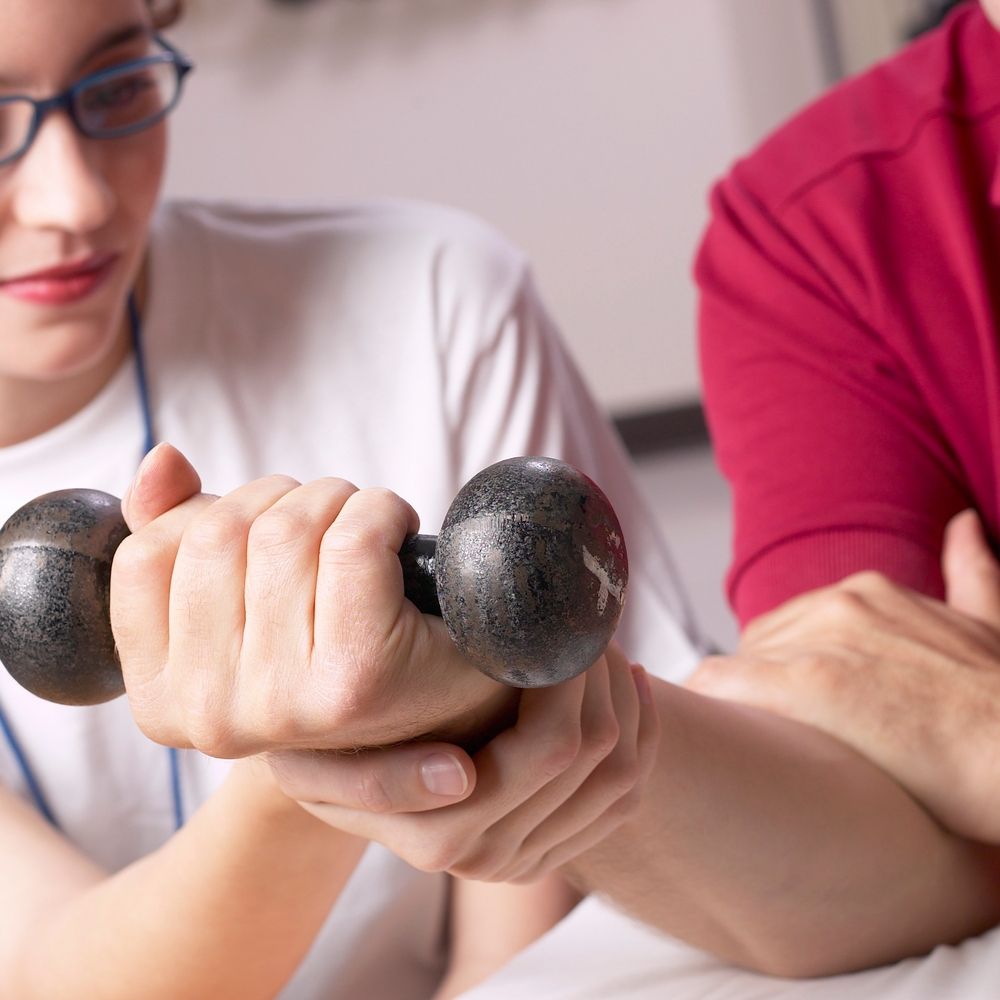Get The Peace You Deserve
Physical Therapy


Transform yourself
Physical Therapy
What is Physical Therapy?
Physical therapy is a hands-on healthcare approach focused on enhancing mobility, relieving pain, and preventing or recovering from injury. Our expert therapists use evidence-based techniques and personalized treatment plans to help you return to your optimal level of function and activity.
We Can Help
physical therapies
The Benefits of Physical Therapy
Physical therapy offers numerous advantages for people of all ages and activity levels, including:
Pain Relief – Alleviates acute and chronic pain without the need for medication through targeted exercises and manual therapy.
Injury Recovery – Speeds healing from sports injuries, surgeries, or accidents.
Improved Mobility – Increases flexibility, strength, and coordination to enhance daily function.
Fall Prevention – Strengthens balance and stability to reduce the risk of falls, particularly in older adults.
Post-Surgical Rehabilitation – Aids in faster recovery after surgeries such as joint replacements or spinal procedures.
Dry Needling – Targets trigger points in muscles to relieve pain and improve movement, often used for chronic pain and tension.
What to Expect During Your Session
Each physical therapy session begins with a thorough evaluation of your health history, movement patterns, and therapy goals. Based on this assessment, we’ll develop a customized treatment plan that may include therapeutic exercises, manual therapy, dry needling, mobility training, and more. Sessions typically last between 45-60 minutes and evolve as you progress.
Move Better, Feel Better
Whether you’re an athlete aiming to return to your sport, a post-surgery patient looking to regain independence, or someone dealing with chronic pain, physical therapy can be a transformative part of your wellness journey.
Book your appointment today at the Virtuous Wellness Center and take the first step toward pain-free movement and restored vitality!

